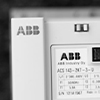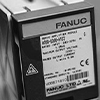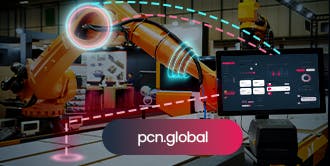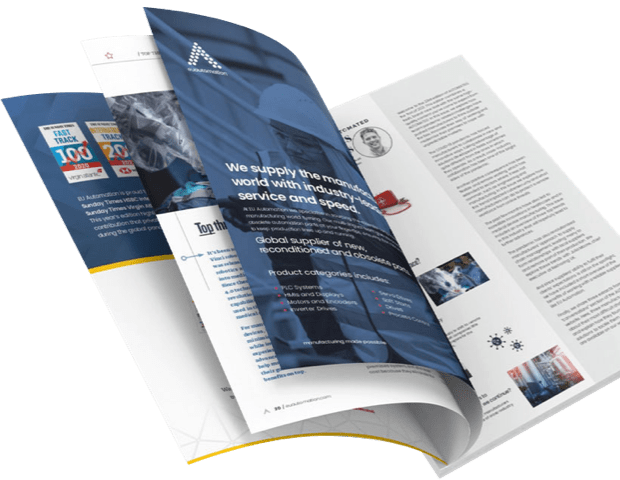The hidden cost of PLC obsolescence
June 30, 2025
Programmable logic controllers (PLC) are an indispensable part of many industrial systems and processes. These efficient systems may eventually become outdated.
Many manufacturers set varying timelines for their ongoing presence in the global market. They often become obsolete after a certain period following production. When manufacturers refuse to provide updates or support, it makes customers' continued use difficult.
Manufacturers and end-users alike need to stay informed about the obsolescence of their PLCs. This can keep them on their toes and help them transition or upgrade their PLC at the right times. It can also allow them to explore available options for extending the use of their obsolete PLCs. This includes PLC maintenance.
The lifecycle of PLCs often differs slightly from manufacturer to manufacturer, but they typically share a similar progression.
This progression typically consists of five stages. These are: introduction to the market, growth and acceptance, prevalence of spare parts, gradual decline and ultimately, obsolescence. These stages often serve as markers of time. They also reflect how resource allocation and advancements in technology can lead to obsolescence.
The immediate financial cost of PLC obsolescence
Programmable logic controllers play a crucial role in operations. When your PLC becomes obsolete, it can have immediate implications for your business.
1. Increased PLC maintenance costs for ageing systems
Manufacturers like Lenze often offer a 6-12 month period for spare parts sales before their parts become obsolete. However, the effect remains unchanged. The rush to secure enough spare parts to keep the PLCs running can spike the cost even higher.
2. System failure expenses
One of the major problems that comes with legacy PLC systems is that they are more prone to faults and failures. The majority of PLCs going obsolete now are based on older technology that was not designed to keep pace with the changing times. While some software updates and IT/OT interfaces make it easier, this does not improve the durability of the parts. Frequent breakdowns and the need for repair increase when these PLCs become obsolete, and these repairs become increasingly expensive.
3. Workforce and knowledge gap
Many obsolete PLC systems rely on outdated technologies, making it challenging to find experts who understand them. This invariably leads to a need for retraining new staff or hiring experts, both of which are expensive alternatives. In the long run, these financial impacts stack up and reduce efficiency while increasing the cost of operation.

The cost of PLC operational downtime
When PLCs break down or become obsolete without a quick fix, this can deeply affect workflows. This can disrupt production schedules, drastically increase operational costs and erode customer confidence.
What seems like a minor hiccup can lead to major economic losses. Examples of this include:
- Disruption in the production chain: If a PLC in the packaging department becomes obsolete and develops a fault, it is far harder to repair or replace due to the limited availability of parts. This can significantly disrupt the upstream and downstream flow of goods, slowing down subsequent processes and causing major delays in final delivery.
- Increased labour overhead: Delays can lead to the need for more manual processes. This situation often results in spending more time, which in turn causes unplanned extra hours and additional pay.
- Inventory clashes: Disruptions in processes can lead to inventory mismatches and mistakes in orders. This can have varying effects across different industries. In the food and beverage industry, for example, it can lead to spoilage and waste.
Research shows that part failures cause 50% of industrial downtime. Of this percentage, 55% of the failures result from parts that are unavailable, ageing, or becoming obsolete. This shows how much impact obsolete parts, especially PLCs, can have [1].
The hidden risks to system security
One of the less discussed risks of PLC obsolescence is how prone legacy systems are to cyberattacks. Here are a few problems this presents:
1. Lack of authentication and access control
Many legacy programmable logic controllers were designed with a default trust in all network architectures. This vulnerability makes them susceptible to cyberattacks. Because their systems weren't too complex, they also lacked basic access features. Such as user authentication, role-based access control and privilege segmentation, making them susceptible to cyberattacks.
2. Unencrypted communication protocols
Now obsolete PLCs frequently use plain text for transmitting commands and configurations. This practice exposes them to man-in-the-middle (MITM) attacks and various other cybersecurity issues.
3. Firmware exploits and unpatched vulnerabilities
Over time, obsolete PLCs lose all support and software updates from their manufacturers. They are no longer patched, making them more vulnerable to system attacks from malicious actors.
4. Flat and unsegmented network topologies
When PLCs were first deployed and installed, many cybersecurity safety measures that are now common were not yet implemented. This lack of security protocols raised concerns about the safety and integrity of these systems. PLCs were frequently used in flat network architectures. These setups lacked segmentation between IT and OT, making it easier for malware and viruses to cross networks.

Strategies to mitigate the cost of PLC obsolescence
When you realise your PLC is approaching the end of its lifecycle, it's not all doom and gloom. You can reduce the impact of obsolescence expenses by using certain measures.
1. Proactive maintenance and monitoring of PLCs
PLC sourcing does not just start and end with searching for and making a purchase; there should be a plan for ongoing PLC maintenance. This should include monitoring the PLC's obsolescence status and any lifecycle information provided by the PLC manufacturer.
2. Investing in scalable, future-proof automation systems
Having automation systems that complement, secure and improve existing PLCs is a smart move for long-term usage. Automation systems can easily adapt to the tides of changing technology. While they might have their limitations, they are future-proof enough to ensure productivity for the near future. Taking advantage of AI to reduce cybersecurity risks is one way to also future-proof your machines.
3. Partnering with vendors that offer robust support for legacy systems
It is vital for your company to have consistent access to parts for obsolete Programmable Logic Controllers (PLCs). Therefore, finding a reliable vendor is necessary. Vendors like EU Automation offer an alternative for parts that are hard to find or have already become obsolete.
If you're unsure how to proceed when your PLC becomes obsolete, we offer consultations to help you find the best path forward. With thousands of PLC parts from a wide range of manufacturers in stock, we’re well-equipped to help you find what you need, and if we don’t have it, we’ll do everything we can to source it for you.
Conclusion: The cost of doing nothing
PLC obsolescence comes with numerous hidden costs, and their impact can be crippling for businesses and entire industries. Repair expenses rise when failures occur, manpower costs increase when temporary workarounds are needed, and lost profits add further strain.
To combat these hidden costs effectively, your business needs to accurately assess the lifecycle of its parts. Understanding where each part sits in its lifecycle helps identify the benefits still available and how close it is to obsolescence. With this in sight, you can plan ahead with qualified third-party vendors, such as EU Automation, for proactive upgrades and replacements, whether the parts are already obsolete or current line.
Citation
1: https://addparts.co.uk/news/reducing-downtime-and-costs-with-digital-spare-parts/











